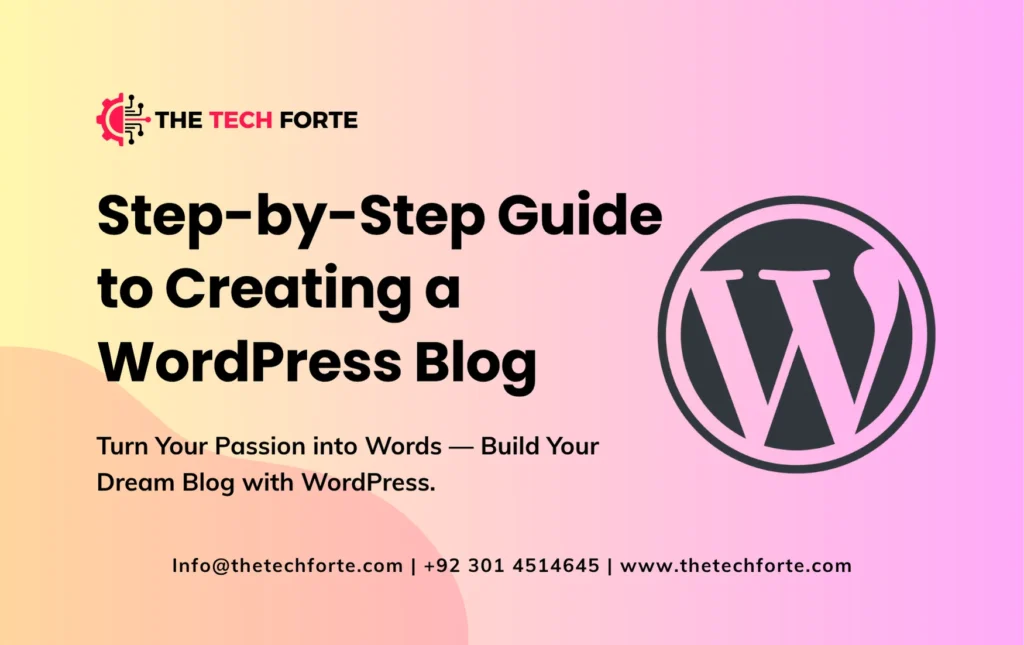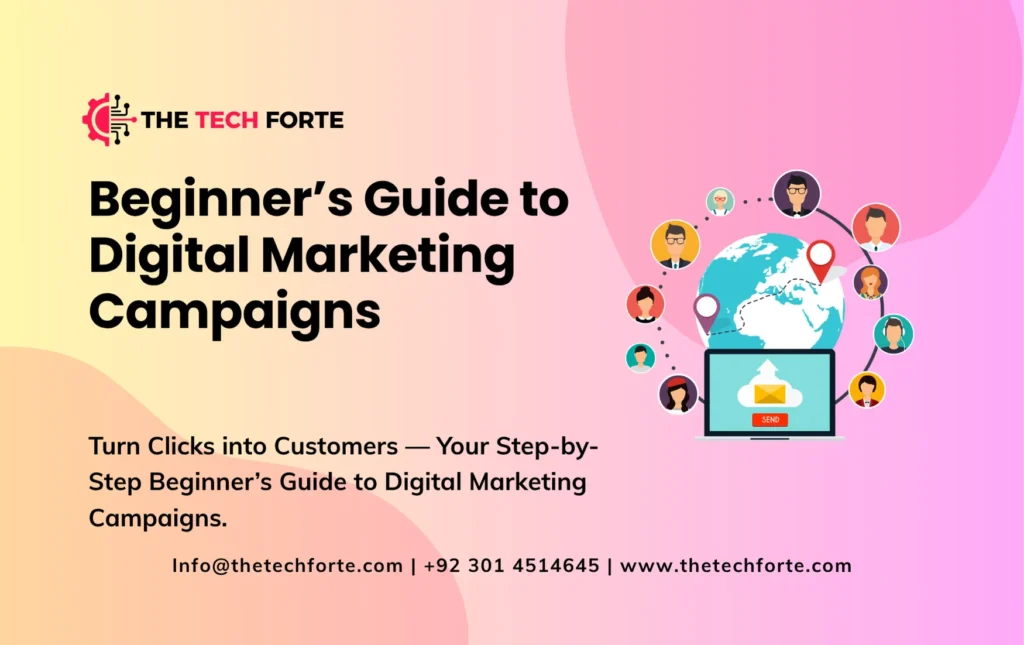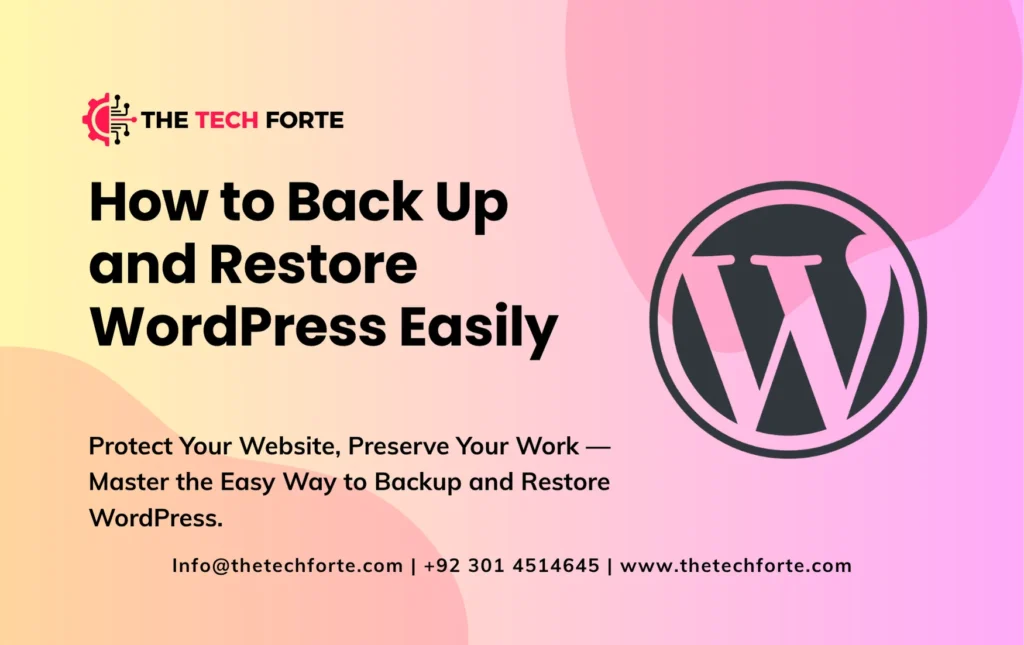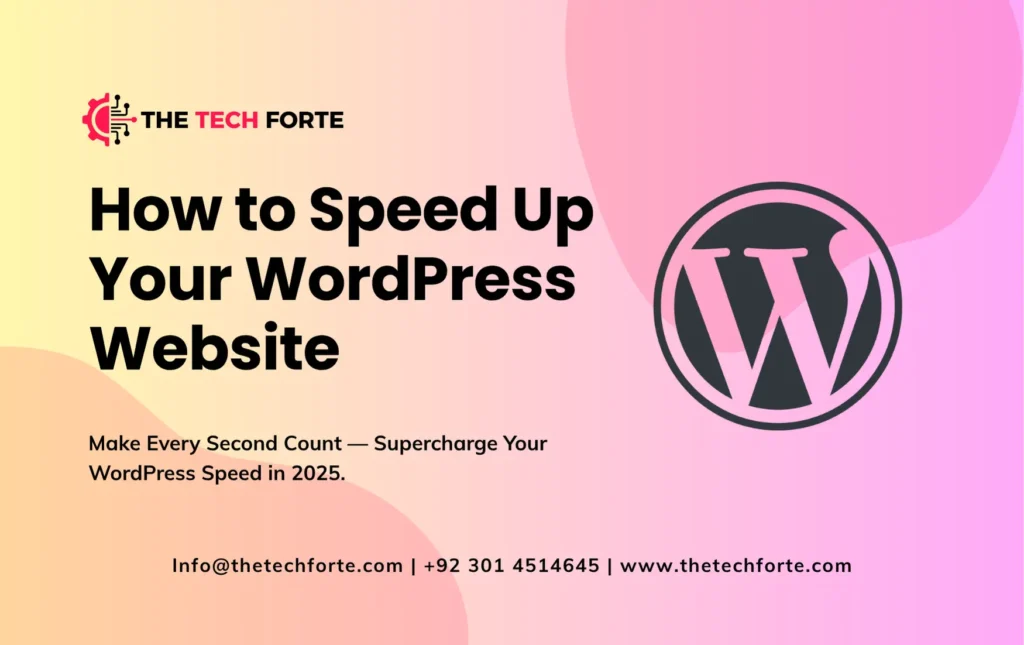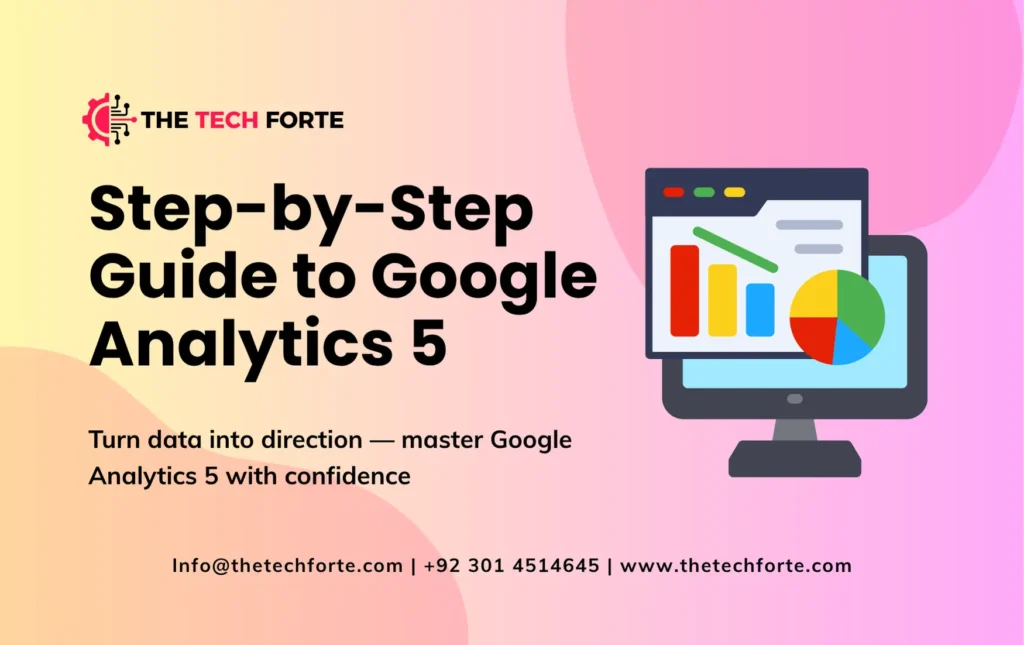Step-by-Step Guide to Creating a WordPress Blog

If you’ve ever thought about sharing your ideas online, starting a WordPress blog is one of the easiest and most powerful ways to do it. Whether you’re a beginner or an experienced content creator, WordPress offers flexibility, customization, and ease of use that no other platform can match.
In this step-by-step WordPress blogging guide, you’ll learn how to create a WordPress blog, set it up for success, and start publishing content that can attract readers worldwide. By the end of this guide, you’ll know how to start a WordPress blog — even if you’ve never built a website before.
Step 1: Understanding Why WordPress Is Perfect for Beginners
When it comes to building a blog on WordPress, the platform’s popularity speaks for itself — it powers over 40% of all websites on the internet.
Here’s why WordPress is ideal for beginners:
- User-Friendly Interface: You don’t need coding skills to design or manage your site.
- Customization: Thousands of themes and plugins help you personalize your blog.
- SEO-Friendly: WordPress is designed with search engine optimization in mind.
- Scalability: You can start small and grow as your audience expands.
If you’re looking for a beginner WordPress tutorial, this guide will walk you through each stage — from choosing a domain to writing your first post.
Step 2: Choose Your Blog Name and Domain
Every great blog begins with a great name. Your WordPress blog setup starts with choosing a unique blog name and purchasing a domain — the address people will type to find your site.
Tips for picking a great domain name:
- Keep it short and easy to spell.
- Include a keyword that relates to your blog topic.
- Choose a reliable domain extension (like .com or .net).
You can buy a domain through registrars like Namecheap, GoDaddy, or directly via your hosting provider.
Step 3: Pick the Right Hosting Plan
To create a blog with WordPress, you’ll need web hosting — a service that stores your website files. For beginners, hosting providers like Bluehost, SiteGround, or Hostinger offer affordable, beginner-friendly plans with one-click WordPress installations.
When comparing hosting plans, look for:
- Free SSL certificate (for website security)
- Automatic backups
- Reliable customer support
- Fast server speed
If you’re following this WordPress blog setup guide, we recommend starting with shared hosting, as it’s affordable and perfect for new bloggers.
Step 4: Install WordPress
Once your hosting plan is ready, the next step in our WordPress blog setup tutorial is installing WordPress.
Most hosting providers include a one-click WordPress install option. Here’s how:
- Log in to your hosting dashboard.
- Click on “Install WordPress.”
- Choose your domain and site title.
- Set up your WordPress admin username and password.
That’s it! You’ve officially installed WordPress and are ready to customize your site.
Step 5: Choose and Customize a WordPress Theme
Your blog’s design is defined by its theme. WordPress offers thousands of free and premium themes to suit every niche.
Popular best WordPress themes for blogging include:
- Astra – Lightweight and customizable
- OceanWP – Perfect for lifestyle or travel blogs
- GeneratePress – Great for performance and SEO
- Neve – Simple yet stylish
You can easily customize your theme from the WordPress Customizer. Change fonts, colors, and layouts without touching a single line of code — ideal for anyone learning how to build a WordPress blog without coding.
Step 6: Install Essential WordPress Plugins
Plugins are tools that enhance your blog’s functionality. Whether you want to improve SEO, add contact forms, or boost security, there’s a plugin for everything.
Must-have plugins for new bloggers include:
- Yoast SEO – Optimize your posts for search engines.
- Jetpack – Monitor website stats and security.
- UpdraftPlus – Back up your WordPress blog automatically.
- Akismet Anti-Spam – Keep your comments clean.
- WP Super Cache – Improve your site speed.
These plugins simplify your WordPress blog setup process and help maintain smooth performance.
Step 7: Write and Publish Your First Blog Post
Now comes the exciting part — creating your first post!
Go to your WordPress dashboard → Posts → Add New.
Here’s what to focus on:
- Catchy Title: Include your target keyword, like “Beginner’s Guide to WordPress Blogging.”
- Engaging Content: Offer valuable insights that solve readers’ problems.
- Images and Formatting: Use headings, bullet points, and visuals.
Once satisfied, click Publish, and your blog post will go live instantly.
Step 8: Optimize Your Blog for SEO
Search engine optimization (SEO) helps people discover your content online.
To make your blog visible, follow these blogging with WordPress tips:
- Install an SEO plugin (like Yoast).
- Use relevant keywords naturally throughout your post.
- Add meta titles and descriptions.
- Optimize images with alt text.
- Create internal links to your previous posts.
These steps are crucial if you want your WordPress blog for beginners to grow organically.
Step 9: Add Key Pages to Your Blog
Every professional blog includes essential pages that provide information and credibility.
You should create:
- About Page: Share your story and what your blog offers.
- Contact Page: Allow readers or clients to reach out easily.
- Privacy Policy: Required for legal compliance.
- Blog Page: Display your latest posts in one place.
This makes your site look complete and trustworthy.
Step 10: Monetize Your Blog
Once your blog starts attracting traffic, you can turn it into an income source. Here’s how to make money with your WordPress blog:
- Affiliate Marketing: Promote products and earn commissions.
- Display Ads: Use Google AdSense or Media.net.
- Sell Digital Products: Offer eBooks, courses, or templates.
- Sponsored Posts: Partner with brands for paid collaborations.
Monetization is one of the biggest reasons why people choose to create a WordPress blog — it’s simple, scalable, and rewarding.
Step 11: Keep Your Blog Secure and Updated
Security is essential for any website. To protect your blog:
- Use strong passwords.
- Keep WordPress, themes, and plugins updated.
- Install a security plugin like Wordfence.
- Back up your site regularly with UpdraftPlus.
By taking these precautions, you ensure your WordPress blog setup remains safe and reliable.
Step 12: Promote Your Blog
Once your content is live, it’s time to spread the word!
Here’s how to increase visibility:
- Share posts on social media platforms.
- Join blogging communities.
- Engage with readers in the comments.
- Use email marketing to notify subscribers about new posts.
A well-promoted blog can gain readers fast — even if it’s your first month of blogging.
Frequently Asked Questions (FAQs)
How do I create a WordPress blog from scratch?
To create a WordPress blog, buy hosting and a domain, install WordPress, choose a theme, and publish your first post. This step-by-step WordPress blog setup tutorial covers all these basics in detail.
Is WordPress good for blogging?
Yes! WordPress is the most popular and beginner-friendly blogging platform, offering endless customization, scalability, and SEO tools.
What do I need to start a WordPress blog?
You need a domain name, a hosting plan, and a little time to set up your site. Plugins and themes make the process simple, even without coding.
How much does it cost to start a WordPress blog?
Starting a WordPress blog can cost anywhere from $3 to $10 per month for hosting. Many themes and plugins are free, so it’s affordable for beginners.
Can I create a free WordPress blog and earn money?
Yes, you can start with WordPress.com’s free plan, but if you want full control, ads, or affiliate income, you’ll need a self-hosted WordPress.org site.
Conclusion: Your Blogging Journey Starts Today
Starting a blog might seem overwhelming at first, but with WordPress, it’s easier than ever. This beginner WordPress tutorial has shown how to create a WordPress blog step by step, optimize it for SEO, and even start monetizing it.
So don’t wait — build your blog on WordPress today and turn your passion, hobby, or knowledge into a brand that reaches thousands of readers across the globe.



